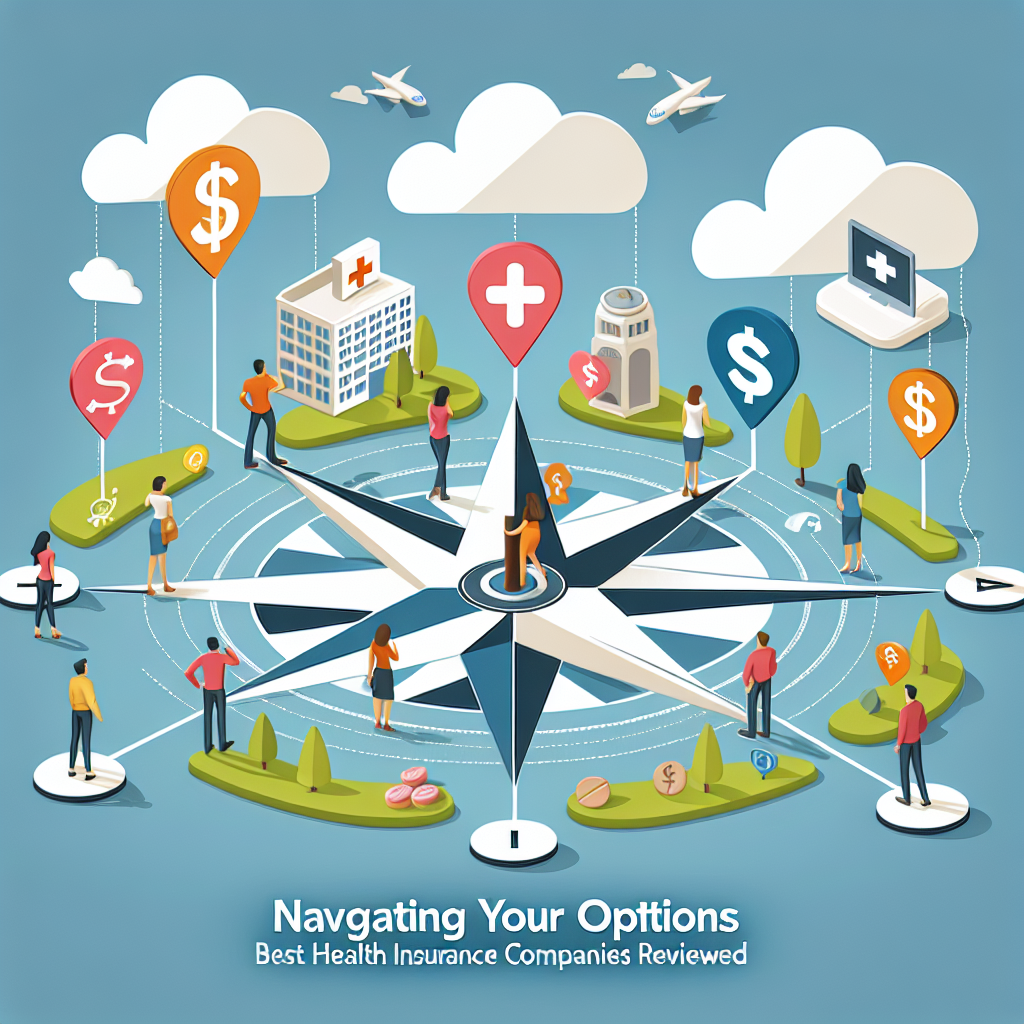Maximize Your Travel Budget: Insider Secrets for Using Expedia
Traveling can be one of life’s most rewarding experiences, yet it often comes with a hefty price tag. Fortunately, tools like Expedia have revolutionized the way we plan and book travel, making it easier than ever to find great deals. By mastering a few insider tips, you can stretch your travel budget further than ever before. Whether you’re seeking flights, accommodations, or vibrant vacation packages, here’s how to use Expedia to your advantage. 1. Use Flexible Date Search One of the best features of Expedia is its flexible date search option. Many travelers often overlook this, leading to higher prices for their planned dates. When you search for flights or hotels, select the “flexible dates” option. This will display prices for a range of dates, helping you spot the cheapest days to travel. If you can adjust your itinerary by a few days, you can often save considerable money. 2. Set Price Alerts Planning your trip well in advance? Use Expedia’s price alert feature. By setting alerts for specific flights or hotels, you’ll receive notifications when prices drop, allowing you to snag deals at their lowest. This is particularly effective during off-peak seasons or when airlines run flash sales. 3. Bundle Your Travel Expedia often offers significant discounts when you book multiple travel services together. Consider bundling your flight, hotel, and car rental. This not only simplifies booking but can also lead to savings of up to 30% compared to booking each component separately. Look for packages that include additional perks, such as airport transfers or breakfast, for even more value. 4. Leverage Expedia Rewards Signing up for Expedia Rewards can provide extra savings and perks. Members earn points for every booking, which can be redeemed for discounts on future trips. Plus, as you reach certain membership tiers, you gain access to exclusive deals, special offers, and free perks like room upgrades. Joining is free and can substantially enhance your travel experience. 5. Explore Last-Minute Deals If you’re a spontaneous traveler, last-minute deals can be your best friend. Expedia frequently refreshes its inventory of last-minute offers for hotels and flights, often with significant markdowns. Keep an eye on the “Last Minute Deals” section to find incredible savings, especially if your travel dates are flexible. 6. Use Filter Options Wisely When searching for accommodations, utilize Expedia’s filter and sorting options to narrow your results based on price, amenities, and guest ratings. If you are open to different locations, don’t hesitate to explore nearby options that offer better rates. Some filters even allow you to select “free cancellation” or amenities like free breakfast, ensuring you get the most value for your dollar. 7. Read Reviews and Compare Before Booking Before finalizing any reservations, take the time to read reviews from previous guests. Look for patterns in what people liked or disliked about the property to avoid unpleasant surprises. Additionally, compare prices on Expedia with other travel sites to ensure you’re getting the best deal. 8. Consider Alternate Airports If you’re flying to a major city, check surrounding airports for cheaper flight options. Expedia allows you to search for flights into neighboring airports, which could save you hundreds of dollars. Just remember to factor in the cost and time of transportation from the airport to your final destination. 9. Don’t Forget About Mobile-Only Deals Expedia occasionally offers exclusive deals through its mobile app that you won’t find on the website. Download the app to your smartphone and check for any promotions that apply only to mobile users. This is a simple way to potentially unearth unique discounts. 10. Be Cautious with Extras Expedia may prompt you to add extras to your booking, such as travel insurance, airport transfers, or rental car upgrades. While some of these add-ons can be beneficial, always evaluate their necessity. Sometimes you can secure cheaper alternatives, such as using public transport instead of expensive shuttles or booking insurance through a different provider. Conclusion Maximizing your travel budget requires a combination of strategy, flexibility, and the savvy use of resources like Expedia. By employing these insider secrets, you can unlock a world of savings and make your travel dreams a reality without straining your finances. The journey awaits—go ahead, explore, and make unforgettable memories while staying within your budget!










